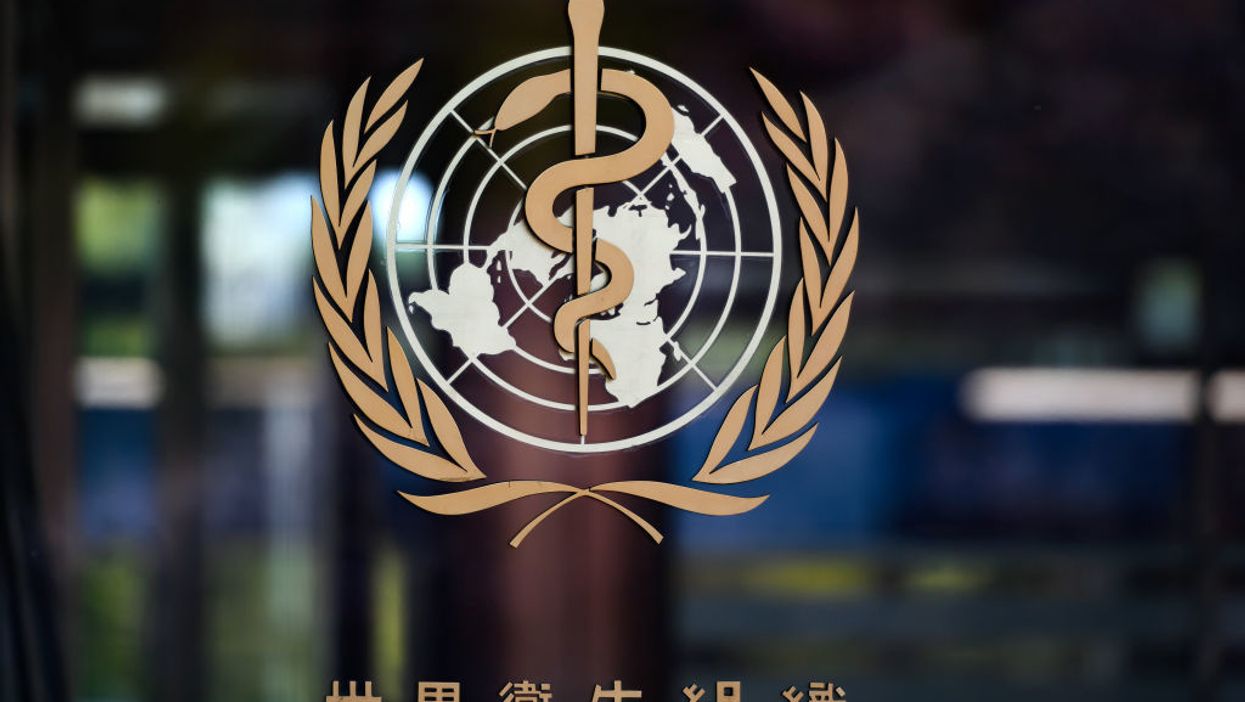In a remarkable display of journalistic activism, the Washington Post rated one of President Donald Trump's recent claims about the World Health Organization as "false," then proceeded to include dozens of examples illustrating why the claim is actually true.
The claim in question concerned Trump's assertion, in explaining why he was halting funding to the organization, that "Through the middle of January, [WHO] parroted and publicly endorsed the idea that there was not human-to-human transmission despite reports and clear evidence to the contrary... The WHO pushed China's misinformation about the virus, saying it was not communicable."
The Washington Post's fact checkers rated this as a "false claim," then went on to note the following facts:
- That the WHO's initial alert from December 31st, 2019 about the virus indicated that there was no evidence of human-to-human transmission, in spite of warnings from the Taiwanese CDC that this might have been possible. The Washington Post fact check dismisses this as irrelevant because "at best, we're talking about the last two days in December" that the WHO might have been warned. However, the fact check goes on to note:
- The WHO issued a news release on Jan. 5, 2020, which stated, "Based on the preliminary information from the Chinese investigation team, no significant evidence of human-to-human transmission and no health care worker infections have been reported."
- The WHO issued a news release on Jan. 9, 2020, which stated, "According to Chinese authorities, the virus in question can cause severe illness in some patients and does not transmit readily between people."
- The WHO issued a news release on Jan. 12, 2020, which stated, "At this stage, there is no infection among healthcare workers, and no clear evidence of human to human transmission."
- After Thailand announced its first imported case of the coronavirus, the WHO issued a release on Jan. 13, 2020, which stated, "The way these patients became infected is not yet known. To date, there has been no suggestion of human to human transmission of this new coronavirus. There have been no infections reported among health care workers, which can be an early indicator of person to person spread."
- The WHO issued a news release on Jan. 14, which stated, "Based on the available information there is no clear evidence of human-to-human transmission. No additional cases have been detected since 3 January 2020 in China."
- On Jan. 14, WHO tweeted, "Preliminary investigations conducted by the Chinese authorities have found no clear evidence of human-to-human transmission of the novel #coronavirus (2019-nCoV) identified in #Wuhan, #China."
- On Jan. 14, WHO held a news briefing, at which WHO's head of the emerging diseases unit stated, "From the information that we have it is possible that there is limited human-to-human transmission, potentially among families, but it is very clear right now that we have no sustained human-to-human transmission."
- On Jan. 19 2020, WHO issued another tweet, which still stated that there was only the possibility of "some limited human-to-human transmission occurring between close contacts."
- On Jan. 20, 2020, WHO issued their first statement indicating that they may have been erroneous in their previous pronouncements, stating, "It is now very clear from the latest information that there is at least some human-to-human transmission of #nCov2019. Infections among health care workers strengthen the evidence for this."
In other words, the Washington Post's fact check listed at least nine instances in which Trump's claim — that the WHO parroted China's lies about human transmission — were literally proven true.
However, the Washington Post's fact check still rates this claim "false" and gives it "three Pinocchios."
Why? Well, first, the Washington Post excuses the WHO for parroting China's falsehoods because it is unfair to "put the onus on the WHO to investigate when it is largely dependent on information provided by member countries." Which, of course, leaves open the question of whether it was prudent for the WHO to pass on information it received from the Chinese government, when that government was not allowing them to verify any of that information.
The Washington Post also took issue with Trump phrasing his claim as the WHO "publicly endorsed the idea that there was not human-to-human transmission happening." Apparently, the repeated claims that there was "no clear evidence" of human-to-human transmission do not constitute publicly endorsing the idea that there was not human-to-human transmission happening, in Washington Post-world. The Post further excuses the WHO because, at the above-referenced Jan. 14 news conference, a WHO spokesperson said they could not rule out human-to-human transmission, after saying that "it is very clear right now that we have no sustained human-to-human transmission."
But the real reason they assigned the claim three Pinocchios is that they think Trump is equally culpable, noting that "The WHO could have highlighted the human-to-human transmission sooner than it did and pressed China for more information. Trump, of course, could have done the same — and failed to do so, for weeks longer. Trump earns Three Pinocchios."

